Port Royal National Historic Site, NS, Canada Stock Photo Image of

Discover Acadian culture in Nova Scotia, Canada
Port Royal was a scene for an artist, with its fort; its soldiers in breastplate and morion, armed with pike, halberd, or matchlock; its manor-house of logs, and its seminary of like construction.
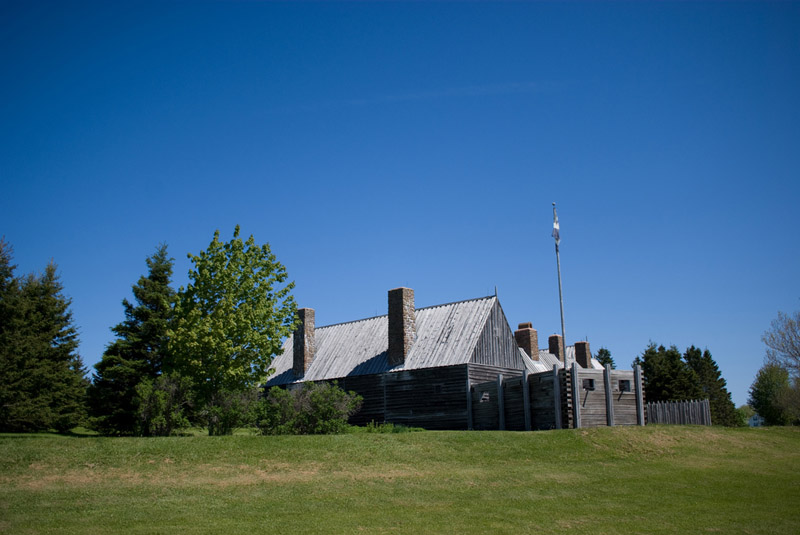
Port Royal (Acadia) Alchetron, The Free Social Encyclopedia
In 1690 Acadia once again became a victim of clashes. William Phips attacked and pillaged Port Royal on behalf of Massachusetts. Thanks to the 1697 Treaty of Ryswick, Acadia was returned to France for a third time. In 1710, the Lieutenant Governor of Maryland, Francis Nicholson, and Samuel Vecht, accompanied by a force of 3,400 men, easily.
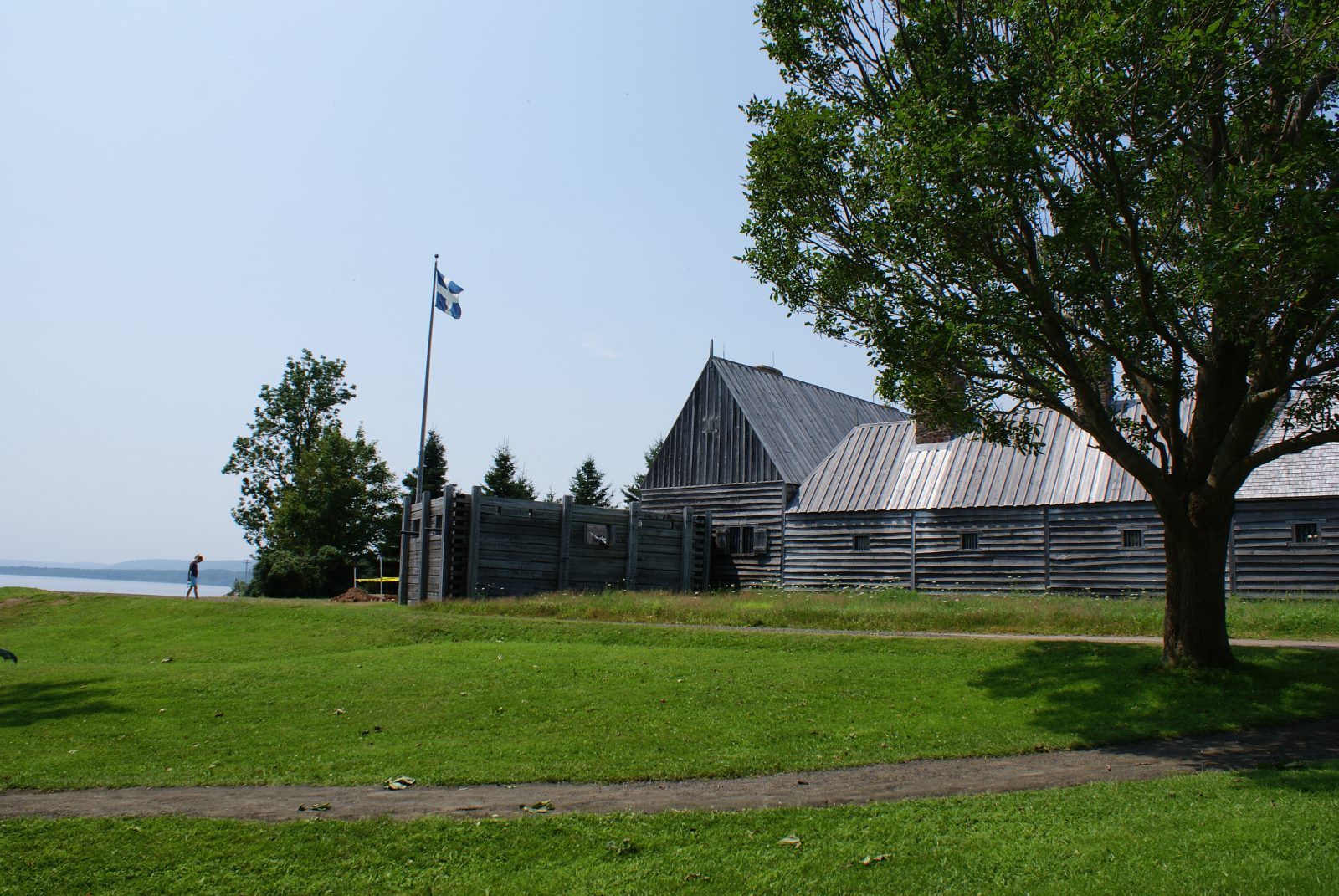
Port Royal Annapolis Valley, Nova Scotia
Port Royal was the beginning of Canadian Acadian history. The settlers built a mill and planted gardens with the seeds and plants brought in from France. One must realize the sacrifice these people made by saving these seeds and plant through the winter famine.

Annapolis Royal, Annapolis, Nova Scotia, Canada / Port Royal, Acadia
Port-Royal (near Annapolis Royal, Nova Scotia) was established in the summer of 1605 on the north shore of the Annapolis Basin near the mouth of the Annapolis River by a French colonizing expedition led by Pierre Dugua de Monts and Samuel de Champlain.

Port Royal National Historic Site, NS, Canada Stock Image Image of
The siege of Port Royal (5-13 October 1710), [n 1] also known as the Conquest of Acadia, [4] was a military siege conducted by British regular and provincial forces under the command of Francis Nicholson against a French Acadian garrison and the Wabanaki Confederacy [5] under the command of Daniel d'Auger de Subercase, at the Acadian capital, Po.

Port Royal National Historic Site, NS, Canada Stock Photo Image of
Acadia was the eastern outpost and flank of the French and British empires in continental North America. When Samuel Argall destroyed the colony of Port-Royal in 1613, it marked the beginning of Anglo-French rivalry in the area. As the century progressed, New England took a growing interest in Acadia, drawn by trade opportunities and rich.

Reproduction of an Acadian Home at PortRoyal Museum
In 1613 Port-Royal was sacked and burned by troops from Virginia but the name Port-Royal survived and after the arrival of Acadian families from France in the 1630s the area became the birth place of Acadia. BELLEISLE. Not far where Port-Royal was [today Annapolis Royal] was the little village of Belleisle.
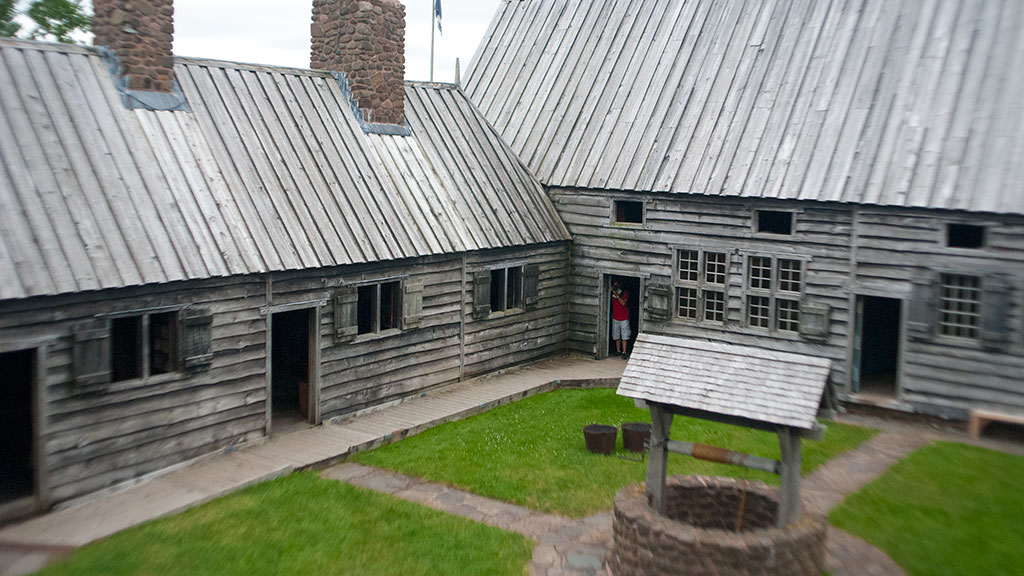
Port Royal Photographer's Guide to Nova Scotia
1st Families Port Royal. Ship Saint-Jehan Brought First Families To Port Royal. Before Isaac de Razilly died, he sent recruiters to France to find families to come to Acadia as permanent settlers and establish a true, lasting colony there. He did not live to see the fruit of their work.

PortRoyal National Historic Site The Canadian Encyclopedia
The first 17th century Acadian settlements along the Annapolis River. by MAPANNAPOLIS Reproduction of Acadie Census Map of 1707, as per Delabat from the O'Dell House Museum . Acadian settlements placed on a modern map, based on the reproduction of Acadie Census Map of 1707, as per Delabat.
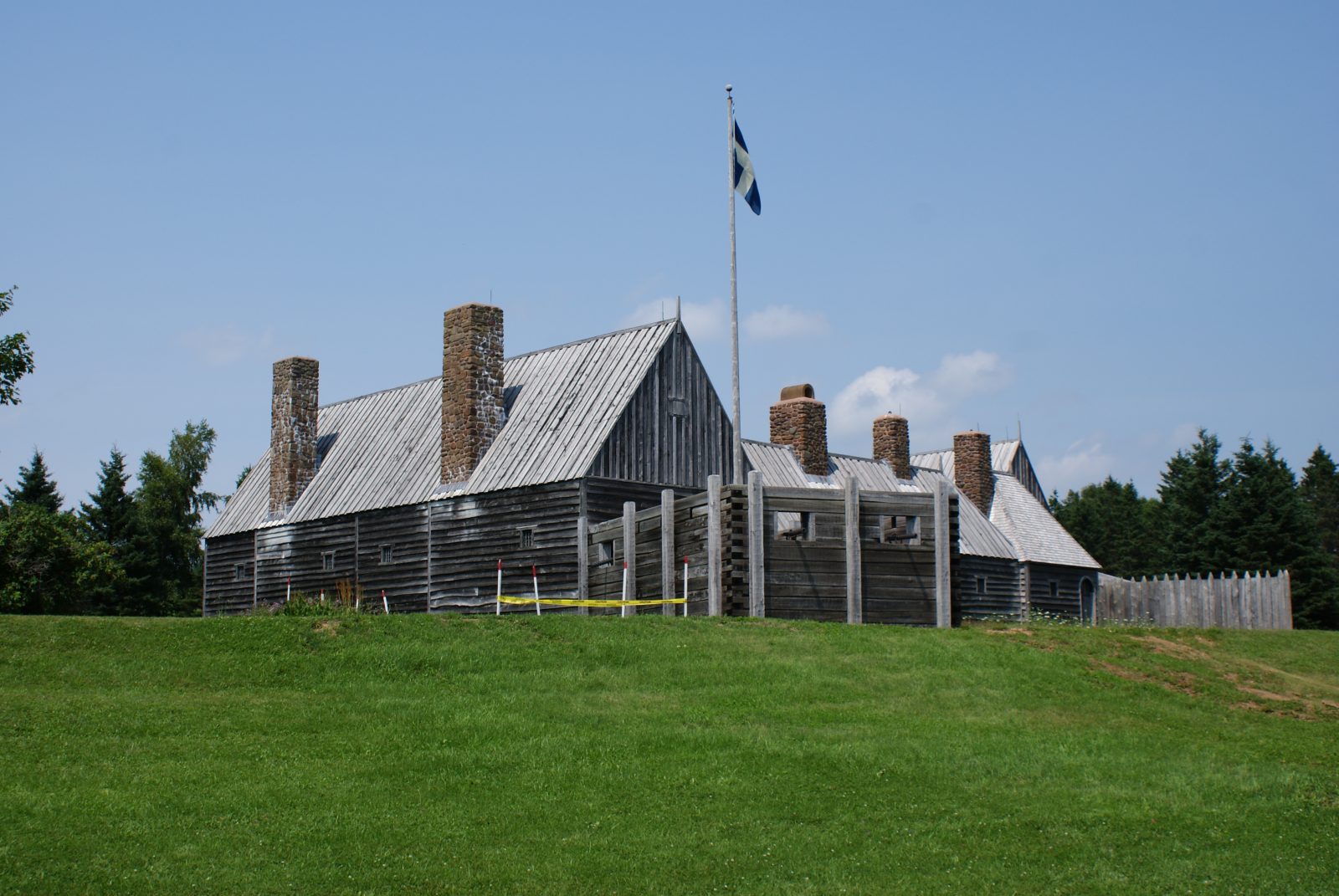
400 Years Of History At PortRoyal Annapolis Valley, Nova Scotia
The first organized French settlement in Acadia was founded in 1604 on an island in Passamaquoddy Bay, on the present U.S.-Canadian border, by Pierre du Gua de Monts and Samuel de Champlain. In 1605 the colony was moved to Port-Royal (now Annapolis Royal, Nova Scotia), and that settlement became the centre of Acadia's future. Because the.

L'histoire revit à PortRoyal depuis 75 ans ICI.RadioCanada.ca
The Settlement of Acadia 1604-1607 In 1604, a French expedition led by merchant venturer Pierre Du Gua, Sieur de Monts, and including geographer and cartographer Samuel de Champlain, arrived off the coast of what is today southwestern Nova Scotia. After exploration of the Bay of Fundy, a settlement was established on Saint Croix Island.
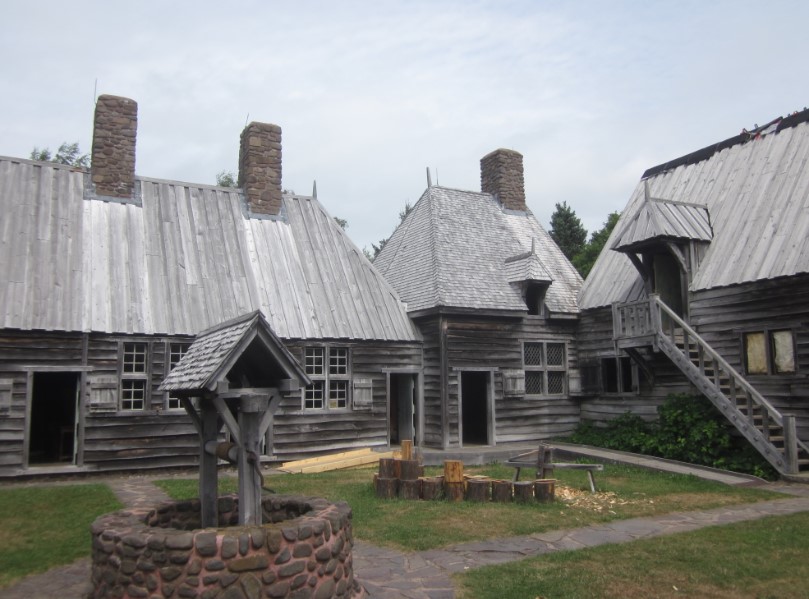
Resources on Acadian History Query the Past
Port Royal (1605-1713) was a historic settlement based around the upper Annapolis Basin in Nova Scotia, Canada, [1] and the predecessor of the modern town of Annapolis Royal. It was the first successful attempt by Europeans to establish a permanent settlement in what is today known as Canada. [2]
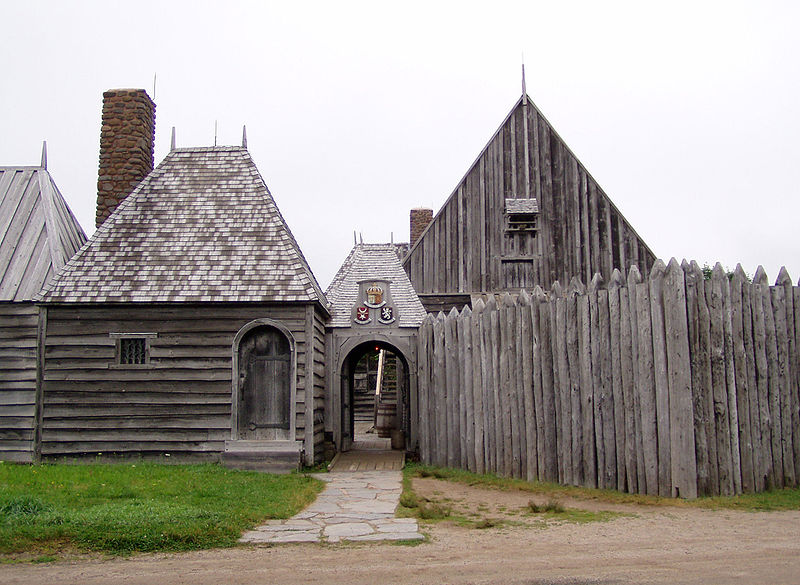
Habitation de PortRoyal en Acadie Articles Encyclopédie du
For those who are interested in seeing a reconstruction of the history of the Acadians, the best place to be is Port-Royal because this is where you can get a look at how those early settlers lived in Canada. A journey past the dykes built by early Acadians is certainly worth taking.

North America Antique Maps Plan du Port Royal dans l'Acadie
The origins of the name reach back to the early 1500s when the Italian explorer Verrazano named a part of today's North Carolina coast Arcadie. Subsequent maps pushed the name northeast until it came to designate what is now known as northern Maine, southern New Brunswick and mainland Nova Scotia.

FRENCH AND ACADIAN DOMESTIC ARCHITECTURE PART III Port Royal
The first capital of Acadia was established in 1605 as Port-Royal. English forces of Captain Argall, an English ship's captain employed by the Virginia Company of London attacked and burned down the fortified habitation in 1613.

Port Royal via the motorcycle! Nova Scotia Travel
The Acadian Legacy. The history of Port Royal and Acadia is fraught with conflict, as competing factions struggled for control of the colony and the lucrative fur trade with the First Peoples. Many of the English settlers of New England also viewed the French colony as a threat, and over the years, led repeated raids and attacks on the settlement.